Chuck-will's-widow breed in the south-east of North America down to Florida. During winter they move south to the Caribbean, central America and as far as Venezuela. They are the largest in the family in North America and eat mainly flying insects like moths, dragonflies and beetles including June beetles, scarabs, long-horn beetles, and click beetles. Very occasionally, they have been seen eating birds such as Hooded, Palm, Yellow, and Cape May Warblers, Common Yellow-throat, Swamp Sparrow, Carolina Wren, Cuban Emerald as well as bats (All About Birds)!
|
There are five species of Goatsuckers (Caprimulgidae) that have occurred in Cuba. I have blogged about the two species that breed on the island which are the Cuban Nightjar and the Antillean Nighthawk. In addition to those are Common Nighthawk which is a transient in spring and autumn on its way to winter in South America, the Eastern Whip-poor-will which has only occurred once or twice as a vagrant, and Chuck-will's-widow which occurs as both a transient and a winter resident. Roberto Jovel took some wonderful photos of one near Baracoa last December here and the picture above was taken by Jorge Uría. Thank you Jorge.
Chuck-will's-widow breed in the south-east of North America down to Florida. During winter they move south to the Caribbean, central America and as far as Venezuela. They are the largest in the family in North America and eat mainly flying insects like moths, dragonflies and beetles including June beetles, scarabs, long-horn beetles, and click beetles. Very occasionally, they have been seen eating birds such as Hooded, Palm, Yellow, and Cape May Warblers, Common Yellow-throat, Swamp Sparrow, Carolina Wren, Cuban Emerald as well as bats (All About Birds)!
0 Comments
Lie
Cheat Steal Take bribes Avoid tax Keep the poor poor Admit nothing Blame others Backslide Deviate Never answer any questions Blag Make shit up Deceive Misrepresent Hypocrisy Gaslight Bully Plagiarise Take until nothings left The Oriente Warbler is the eastern sister species of the Yellow-headed Warbler that is found in the west of Cuba extending along the south coast as far east as Cienfuegos. Both are endemic to Cuba and both occupy a similar niche feeding on insects, spiders and small reptiles. Thank you Roberto.
The Butterfly Bat Nyctiellus lepidus is the smallest bat in Cuba and the third smallest on the planet. It lives exclusively in Cuba and the Bahamas, a nocturnal insectivore that can easily be confused with a moth. It is also known as Gervais's Funnel-eared Bat, in honour of the French naturalist Paul Gervais who discovered it for the first time in 1837, according to Gilberto Silva Taboada in his book The Bats of Cuba. 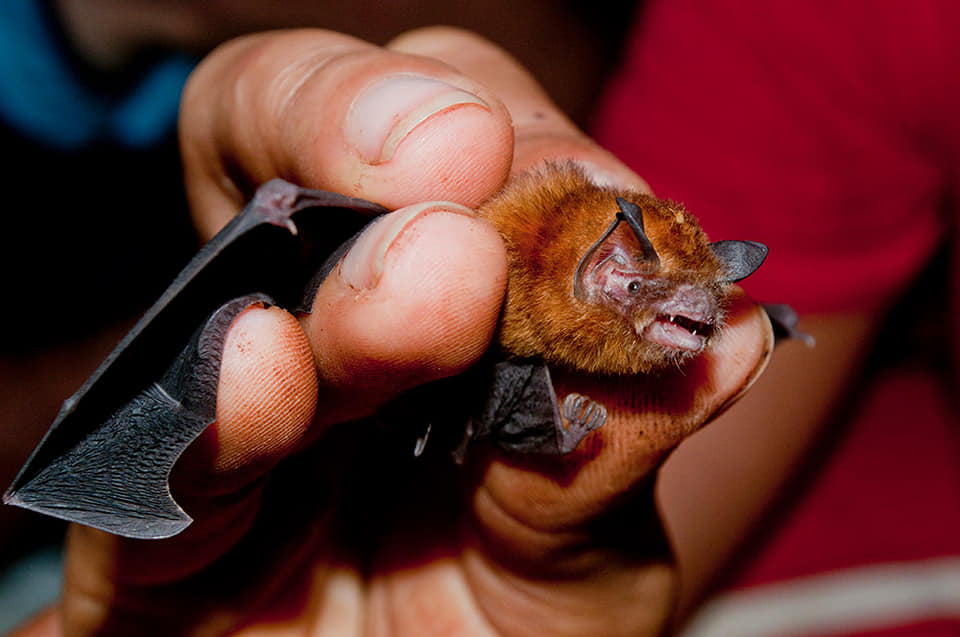 Nyctiellus lepidus Photo: Raudel Del Llano Nyctiellus lepidus Photo: Raudel Del Llano It belongs to the Natalidae family and weighs about 2 grams. Females are larger than males. It has 38 teeth, a wide and short snout and the tail is long relative to its size. Its extended wingspan measures between 186 and 213 mm and the flight is very similar to butterflies, hence the common name. The fur is generally a yellow-brown colour, though there are populations that have more of an orange hue. They only roost in caves and are found to congregate in the warmest, most humid sections. They feed mainly on insects such as aphids, leaf hoppers, flies and mosquitos. Text by Yamilé Luguera Gonzalez and photos by Raudel Del Llano. And here is the summary of a recent paper written by Carlos A. Mancina about the surprising longevity of this bat.
"Over the last two decades there have been several longevity records of bats that have exceeded 20 years, mostly corresponding to Holarctic hibernating species, whereas such data of tropical bats is still scarce. Here we report the first longevity record for the Gervais´s Funnel-eared Bat, Nyctiellus lepidus (Gervais, 1837) (family Natalidae). We recaptured a male individual that had been banded 16.9 years previously in the same cave in Central Cuba. This species is endemic to Cuba (including Isla de la Juventud) and the Bahamas and is an obligate cave-dwelling bat. Weighing nearly 2 grams, N. lepidus is one of the world’s smallest bats. Based on longevity quotient (the ratio of observed to predicted longevity), we estimate that its lifespan is 3.9 times longer than expected for its body mass. This longevity record constitutes one of the longest in a non-hibernating insectivorous bat." Thank you Carlos. Of the 27 species of Bats that are found in Cuba, 20 eat insects, 4 feed on nectar or pollen, 2 eat fruit and one catches fish from the sea, lakes and rivers: this last is called Noctilio leporinus and is one of the few Cuban bats that possesses a common name: the Fishing Bat. It is found throughout the Cuban archipelago, including the Island of Youth, but it also lives in Mexico, Central America, the north of South America and the Greater and Lesser Antilles. It is the largest of the Cuban bats; the male is larger than the female and can reach up to 87 grams in weight and has a wing extension of 71 centimetres. It's head is wide and short, but projected. The fur is very short and varies in colour from dark brown to reddish brown, and from pale to orange. The great naturalist Juan Christopher Gundlach (1810-1896) wrote in 1872: ′′ This species varies greatly in the colour of its fur ". Just occasionally a large daytime roost can be found in caves. It commonly gathers in smaller groups in hollow palm trunks and other trees, and it can also be often found singly. It feeds mostly on small fish of 70 to 80 mm, both in freshwater or coastal areas. It also feeds on water beetles. In Cuba, scientists have made observations of the Noctilio leporinus fishing in marshes. Gundlach also referred to having observed it “flying slowly after dusk over lagoons". The robustness and flight characteristics of Fishing Bats have suggested to scientists, their ability to withstand long-distance flights. Studies conducted showed that individuals from a certain colony managed to return after being released within 30 miles of it. Many of these facts are collected in the book ′′ The Bats of Cuba ", written by Gilberto Silva Taboada in 1979, a researcher and a speleologist who has dedicated his life to the study of these interesting creatures. In the Parque Nacional Caguanes, declared by UNESCO as a Biosphere Reserve, also known as Cayo Caguanes, with more than 30 remarkable caves, in one of which is located a colony of this species. Their large size and the confined space where they gather together means there is a strong smell of rotting fish, as their droppings are not dry like those of other bats, underneath the daytime roost can be found a moist and glittery cone-shaped hill of guano. At the other extreme in size, there is also a large population of Butterfly Bats in Caguanes, which are the smallest bat to be found in Cuba - and the world's third smallest. We'll talk about that in another article. Text by Yamilé Luguera Gonzalez and photos by Raudel Del Llano. My thanks go to both.
|
Welcome to our Blog
Here we will post interesting news about what we and others have seen in Cuba. Archives
July 2024
Categories |
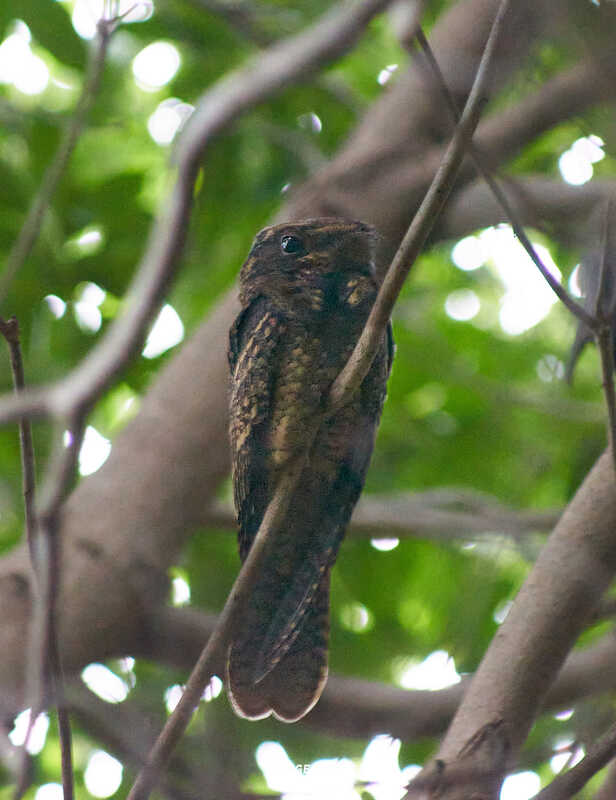

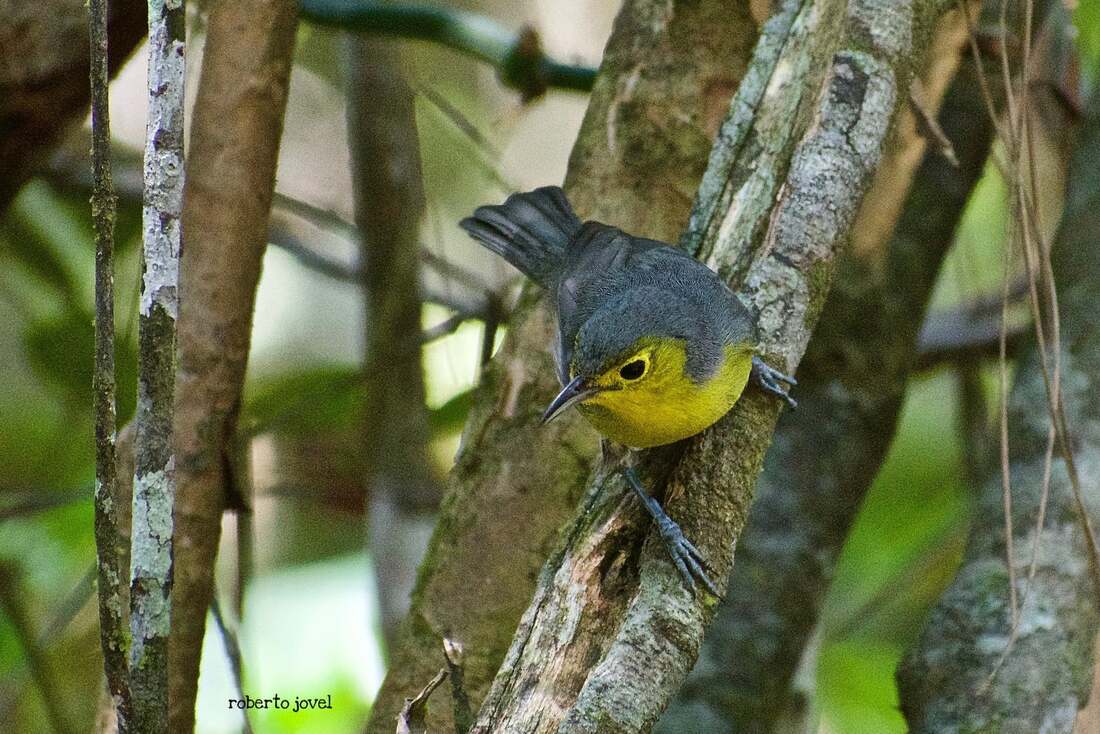
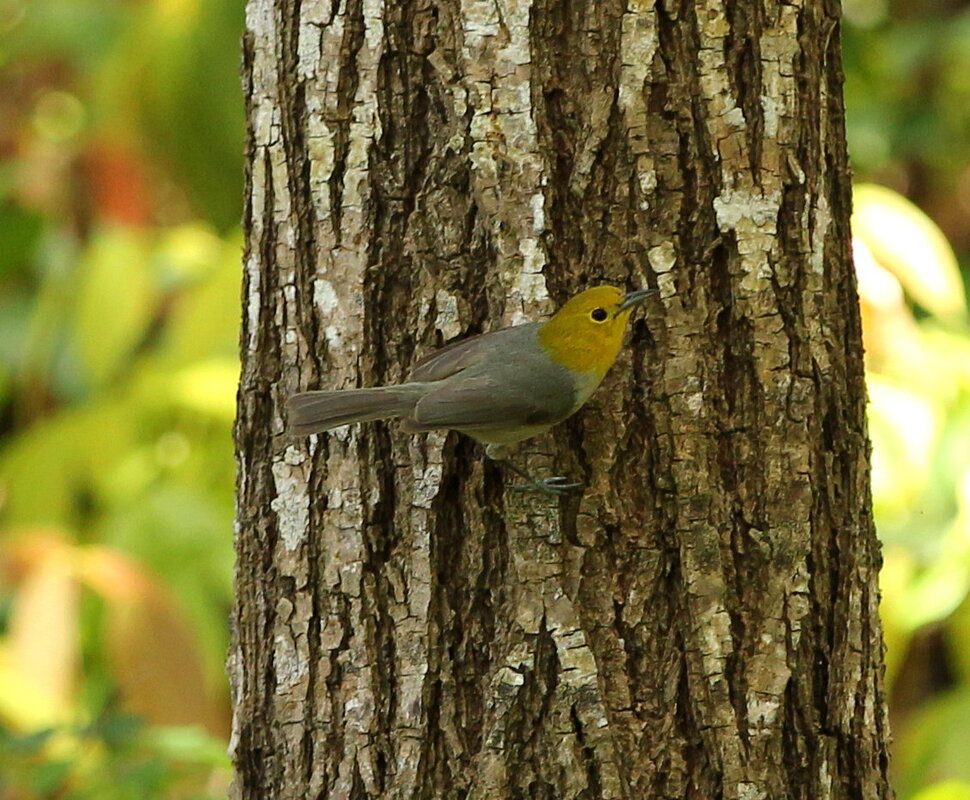
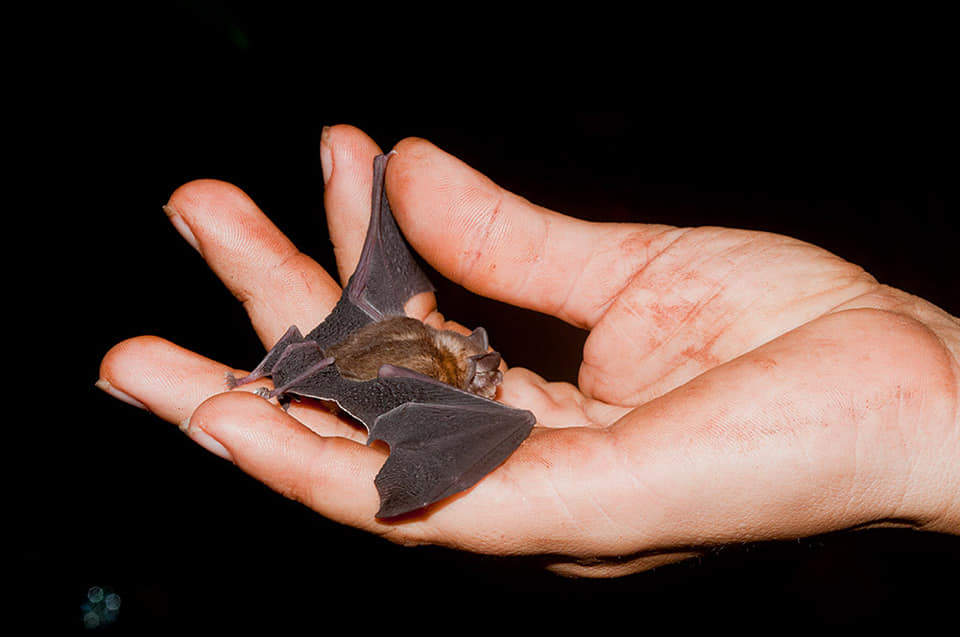
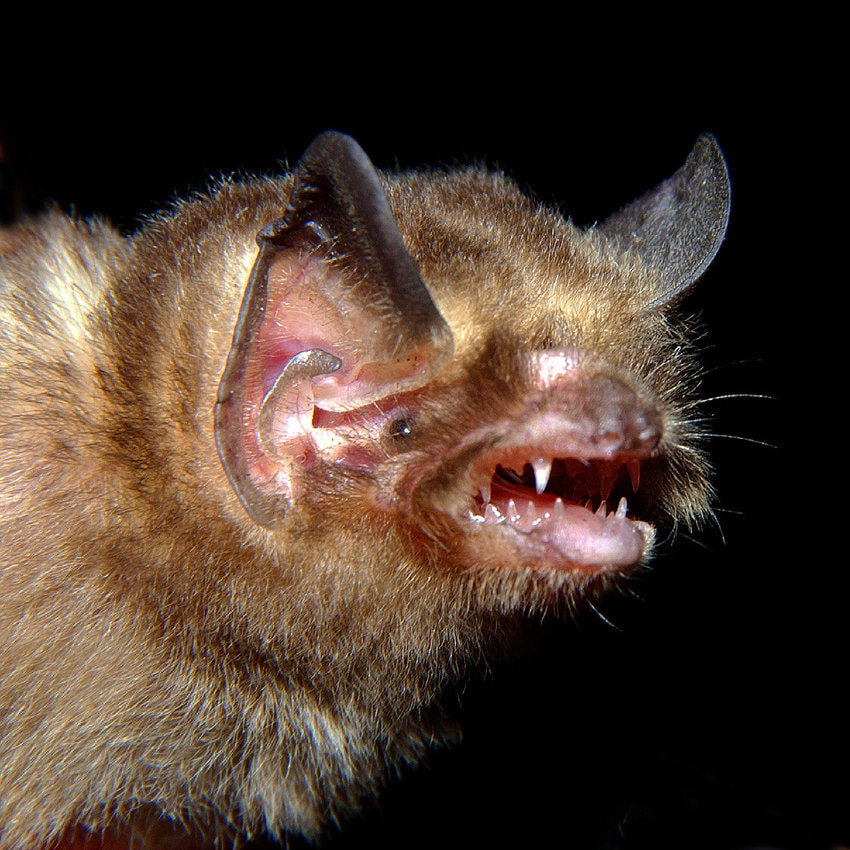
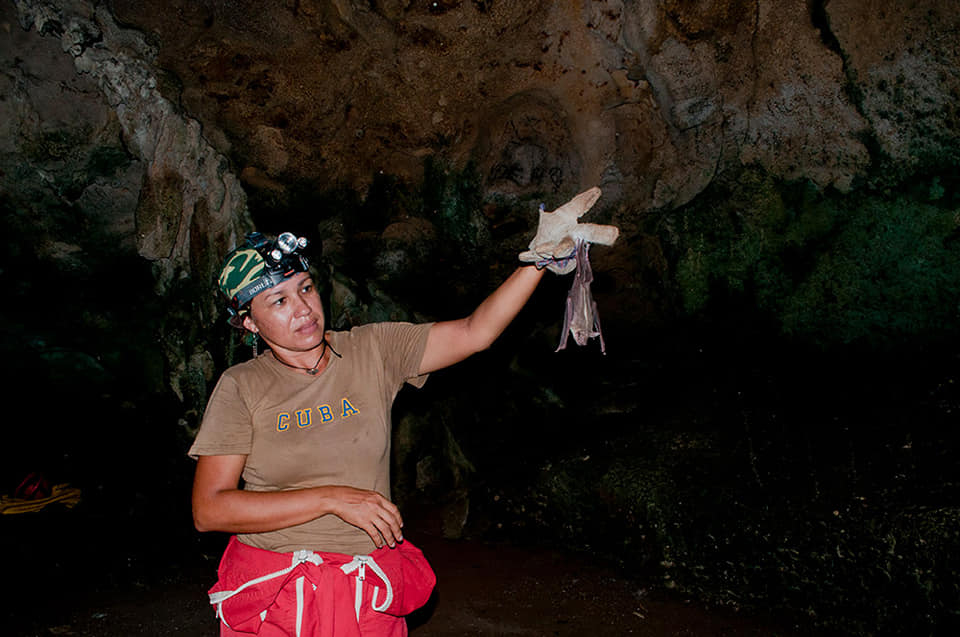
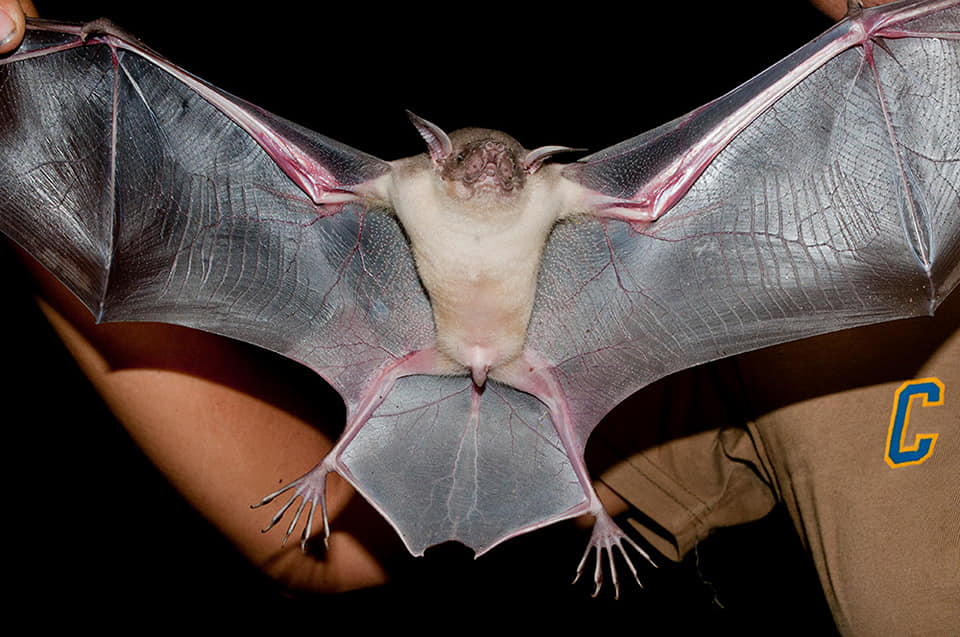
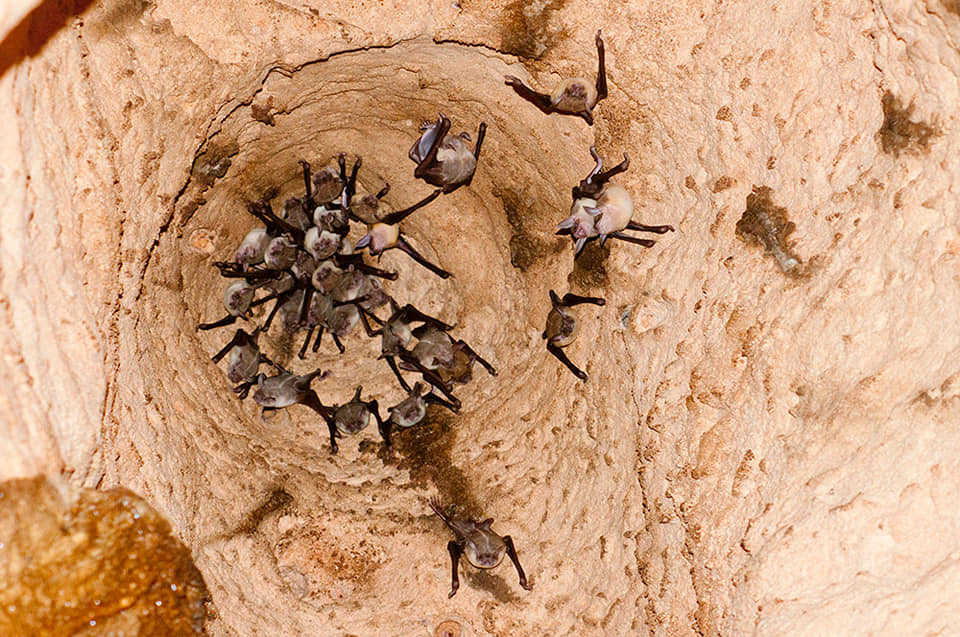
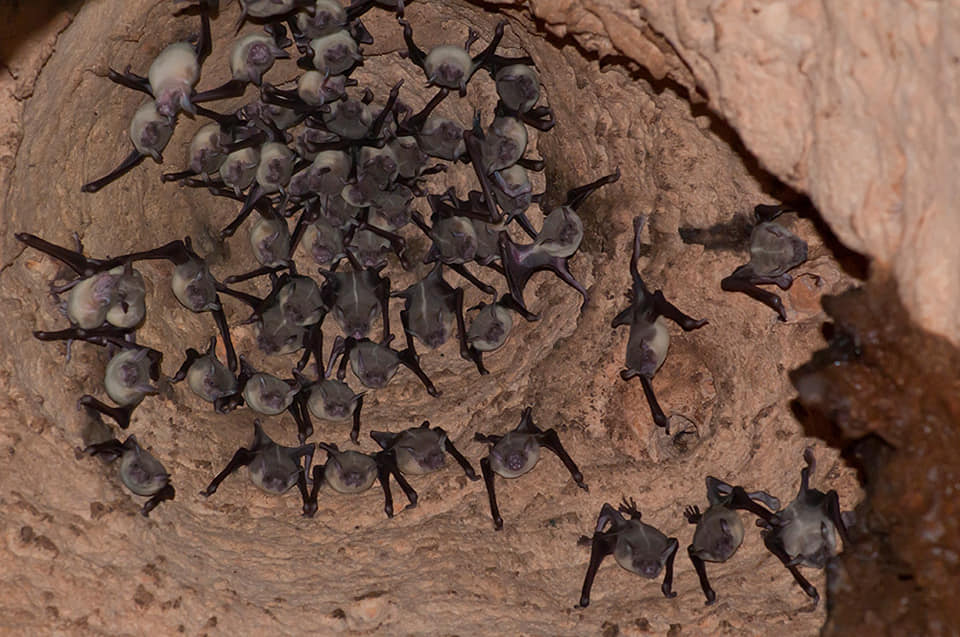
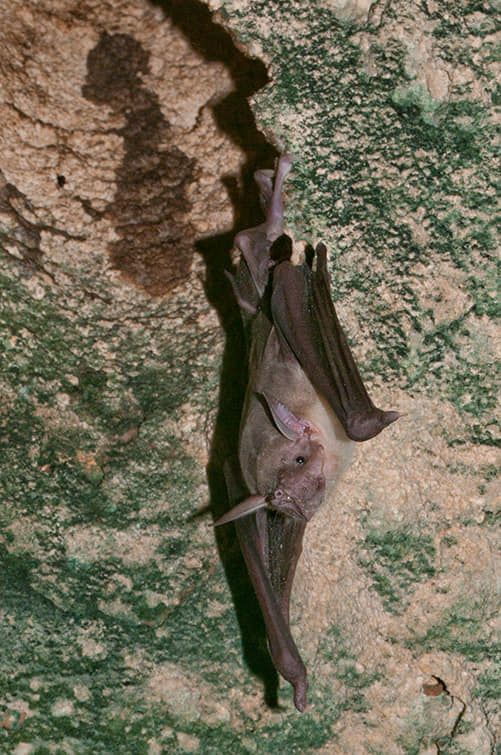
 RSS Feed
RSS Feed